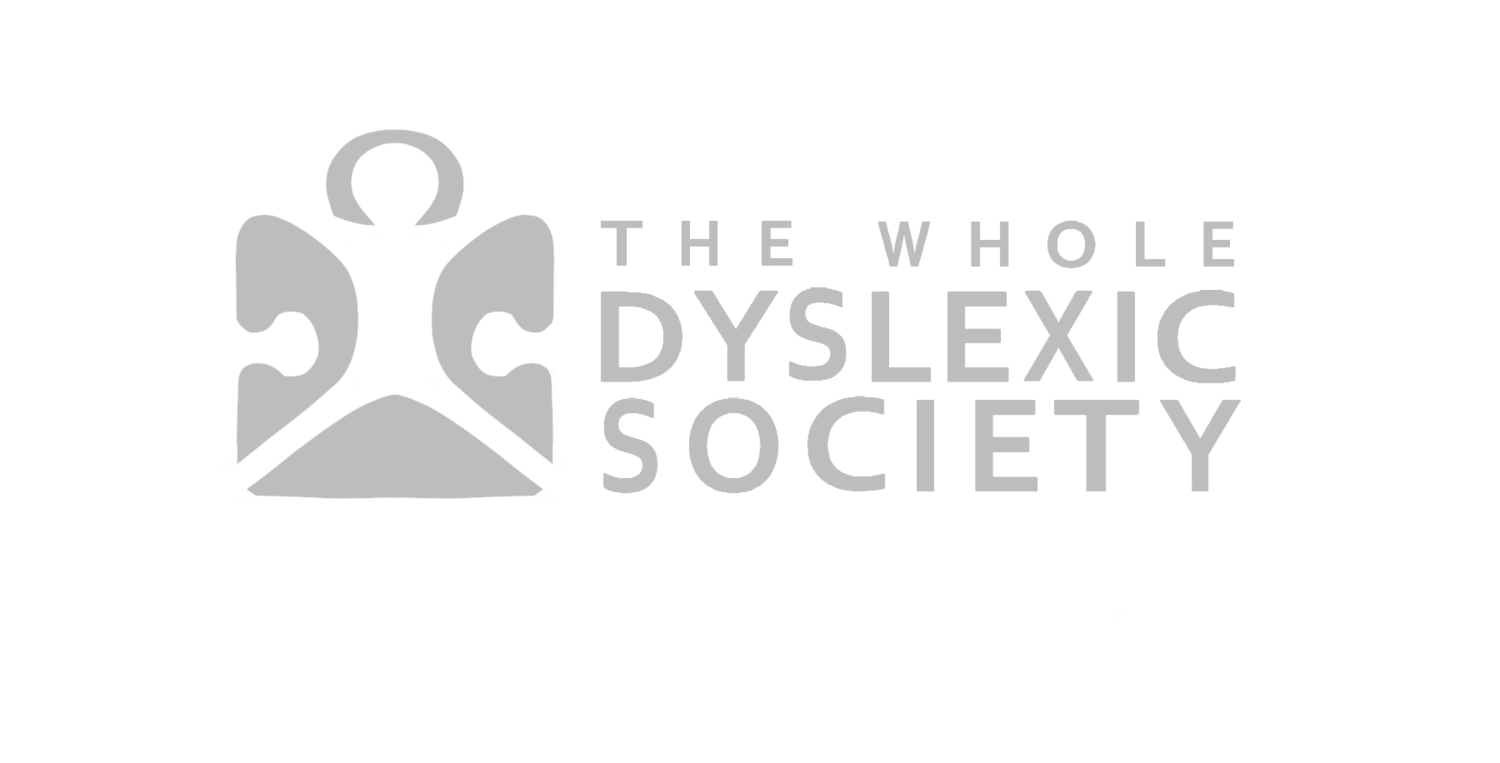The Davis Math Mastery Program
The Davis Math Mastery Program is suitable for students and adults ages 8-80 who have challenges in math and wish to eliminate the reason for the blocks in their learning.
The components of the Math Program described below may vary depending on whether the Davis Dyslexia Correction® Program has been completed or not. This can be determined in the initial interview/assessment.
Interview and Assessment
An initial interview is used to establish the goals and needs of the individual, as well as specific math challenges. There is a short perceptual ability assessment at this time. After this interview, a program designed to meet the needs and goals of the individual is developed which may include ADD/ADHD issues, in addition to math.
The Program
The week long, program runs from Monday to Friday, 9am to 4pm, one on one with a certified Davis Facilitator, and will include the following:
Davis Orientation Counseling: This Davis method provides the individual with a mental ‘on/off’ switch to enable them to perceive accurately, and to focus on the task.
Symbol Mastery: Once accurate perception and attention is ensured, the individual is guided to make models of words and their meaning in clay. Common words such as ‘a’, ‘and’ and ‘the’ used in math word problems can have complex meanings and cause confusion. Clay is used as a three-dimensional medium to fully experience the creative process.
Concept Mastery: Making clay models continues with creating meanings of important concepts in math, such as before, after, change, sequence, order etc.
Math Exercises: This is a 12 step Math Program starting with the basic (but important) concept of order and counting all the way up to solving equations, depending on the individual grade level. Details of this 12 step Math Exercise is available in Ron Davis’ book “The Gift of Learning”
Auditory Orientation: (if appropriate) This procedure ensures that the individual has accurate auditory perception, which will help them with their listening skills.
Release and Dial: (if appropriate) These two tools will help the individual to control their energy levels and emotions to suit the task at hand.
Balance and Co-ordination: (if appropriate) Kinesthetic and balancing exercises help resolve many coordination challenges and/or left-right confusions.
Support Training: In the afternoon of the last day of the Program, training will be provided for a family member or tutor for the required support at home. Whoever will be supporting the student at home will be asked to attend this session.
Post Program Follow-up
Continued post program support is an essential part of its success. This includes:
3 review sessions
Continued email and phone support
Materials required for post program follow up
Social support session throughout the year
